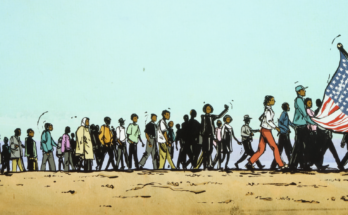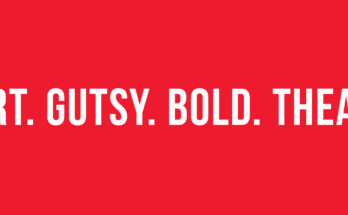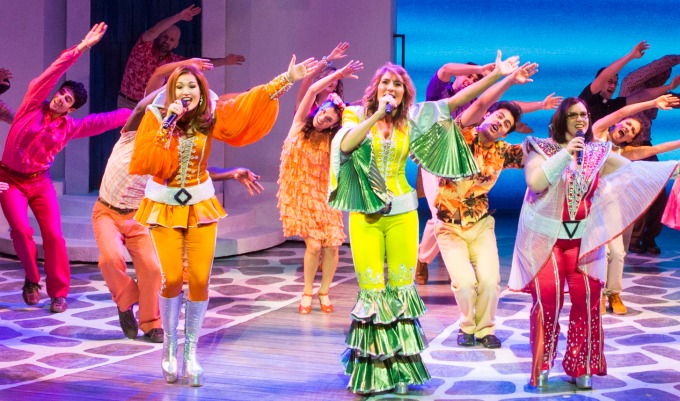
::
THE UNLIKELY STORY OF THE SWEDISH POP PHENOM ABBA AND THE SONG CATALOG THAT INSPIRED A BROADWAY MUSICAL.
::
“Mamma Mia!” runs June 13-18 at the Fox Theatre. Details, tickets HERE.
IF YOU GREW UP in the 1970s or ’80s, ABBA likely provided the soundtrack to your youth. For 10 years (1972-82), the Swedish quartet amassed 20 singles on Billboard’s Hot 100 charts. Fourteen of those made it into the Top 40, 10 into the Top 20, four into the Top 10 and two — “Dancing Queen” and “Take a Chance On Me” — sold more than a million copies each.
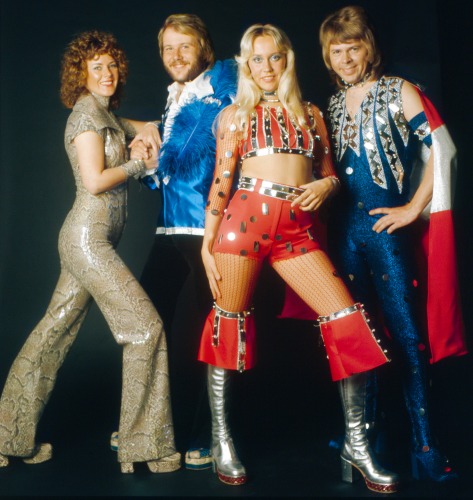
ABBA’s infectious brand of sunny Swedish pop — with its memorable hooks, enchanting vocal harmonies and imminently danceable beats — proved irresistible. When matched with Agnetha Fältskog and Anni-Frid Lyngstad’s Scandinavian good looks and the band’s affinity for outlandish costumes, it was like nothing American audiences had seen or heard before.
“The key to ABBA is their understated Swedishness,” says Carl Magnus Palm, author of ABBA: Bright Lights, Dark Shadows. “Specifically it’s the importance to their music of Swedish folk songs and of a sound called Schlager, which means ‘hit’ in German. … It’s not cool music, but ABBA grew up loving Schlager, and they added other things that they loved, like the Beach Boys and the Beatles, to that simple blueprint. So millions of people related to it.”
Even American music critics couldn’t resist. Cashbox wrote that “there is a recurrent thread of taste and artistry inherent in ABBA’s marketing, creativity and presentation that makes it almost embarrassing to critique their efforts.”
[SEE + HEAR: A ‘MAMMA MIA!’ MEDLEY FROM THE BROADWAY STAGING]
Then, just when it seemed that ABBA might fade into obscurity, came Mamma Mia! The Broadway confection built a story around 21 ABBA tunes — “S.O.S.,” “Thank You for the Music,” “Honey, Honey,” among them — and has had theatergoers dancing in the aisles since its debut in 2001. You’d best dance now if the spirit moves you, though. Producers say this Fox Theatre visit is part of the company’s “final farewell tour.”
Mamma Mia! became the eighth-longest running show in Broadway history and one of 12 musicals to run for more than 10 years. The West End production is in its 18th year, and an estimated 60 million-plus people have seen the show worldwide in 50 productions in 16 languages.
Just how did a kitschy dance-pop band from Sweden get so big? Let’s look back.
I have a dream
ABBA’s story begins in the mid-1960s. Keyboardist Benny Andersson penned a string of Top 10 hits for the Hep Stars, his pop-rock band. Björn Ulvaeus was getting attention as the singer-guitarist frontman for the folk-skiffle Hootenanny Singers. The two occasionally crossed paths while touring and, in 1966, co-wrote the song “Isn’t It Easy to Say.”
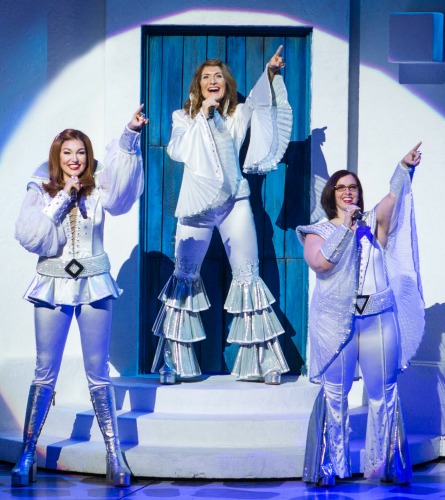
They collaborated again three years later, and Andersson submitted a song that placed second in the national festival choosing Sweden’s entry in the prestigious Eurovision contest. There he met Norwegian singer Anni-Frid Lyngstad, his future bandmate and wife. By year’s end, the Hep Stars and Hootenanny Singers were done. In 1970, the duo Björn & Benny recorded its first album.
Meanwhile, 18-year-old singer-songwriter Agnetha Fältskog had emerged as a pop star on the rise, with a No. 1 record in Sweden. She wrote most of her own songs, rare for female artists then, and began dating Ulvaeus. She also began recording tracks with Andersson and Lyngstad on backup vocals. She and Ulvaeus married in 1971.
The name of the game
Manager Stig Anderson was determined to get Björn & Benny into the international market. He got his chance in 1972, when “People Need Love” was released as a single and credited to Björn & Benny, Agnetha & Anni-Frid. The record reached No. 114 on the U.S. singles chart.
This bit of success convinced the foursome to record again. Ring Ring, the title song from their 1973 debut album gave them their first hit in Europe and South Africa. Anderson, tired of the group’s long name, began calling it ABBA, an acronym of their first names. (Unfortunately it was also the name of a well-known fish-canning company in Sweden, so the band had to negotiate for the rights to use it.)
ABBA’s big breakthrough came in 1974, when the upbeat single “Waterloo” made it the Swedish entry — and winner — of the Eurovision Song Contest. The band toured Europe and performed on major TV shows. The glam-rock-influenced tune ultimately became No. 1 in the United Kingdom and Germany, peaking at No. 6 on the U.S. charts. Within two years the quartet was among the most popular bands in the world.
Thank you for the music
ABBA never officially broke up, but the 1980 dissolution of Fältskog’s marriage to Ulvaeus, and Lyngstad’s to Andersson a year later, signaled the end. “When All is Said & Done,” which dealt with relationships ending, became ABBA’s final Top 40 hit. In December 1982, the band played its last live show. Lyngstad and Fältskog went solo; Andersson and Ulvaeus collaborated with lyricist Tim Rice on the 1988 musical drama Chess, short-lived on Broadway but still a cult favorite among musical theater lovers.
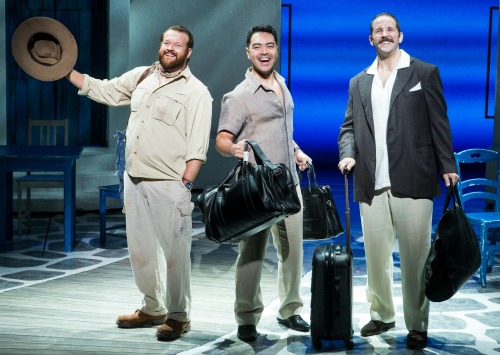
ABBA hasn’t made any new music in 35 years, but the band never really went away. Artists such as Erasure, U2 and the Lemonheads have released cover versions of ABBA songs. Indie films —The Adventures of Priscilla, Queen of the Desert and Muriel’s Wedding — featured characters who were fixated on ABBA. A Swedish cover band, the A-Teens, sold millions of records by updating ABBA’s sound. In 2001, Mamma Mia! opened on Broadway.
In 2005, Agnetha, Anni-Frid, Benny and Björn all appeared at the Stockholm premiere of Mamma Mia! At the 50th anniversary celebration of the Eurovision Song Contest, “Waterloo” was named the best song in competition history. ABBA joined the Rock and Roll Hall of Fame in 2010 and, in 2015, “Dancing Queen” entered the Grammy Hall of Fame. Reportedly, a “digital entertainment project” might be in their future.
Who says art and money, money, money can’t coexist?

